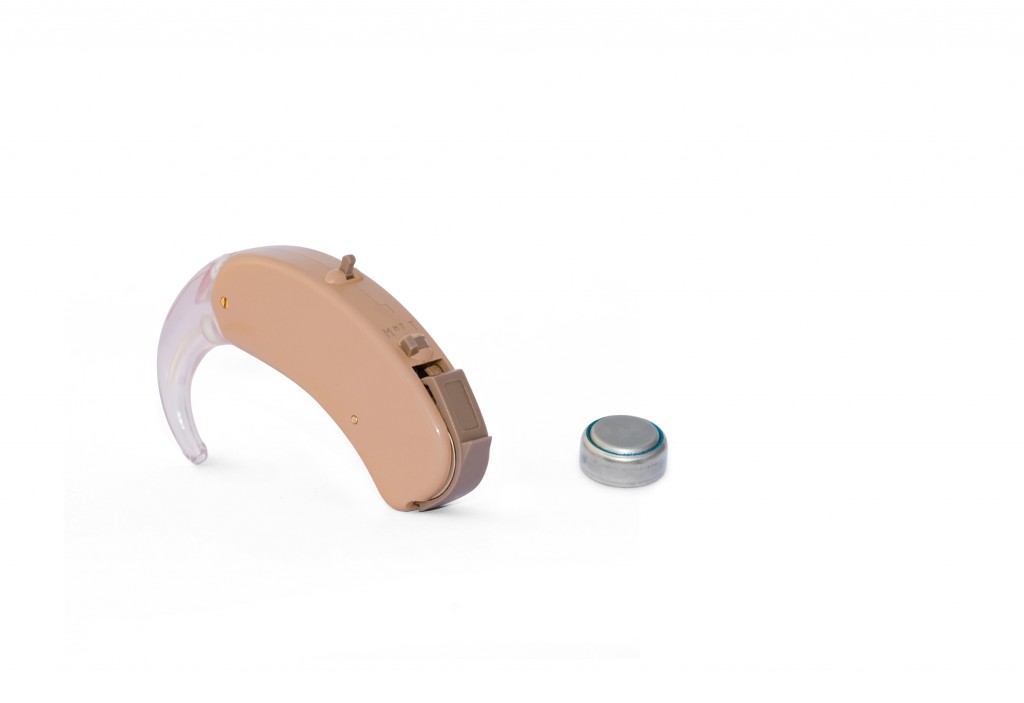Innovation has made it so that the disabled community can live out their lives more fully now, even able to contribute to the workforce in a field that may be fulfilling to them. Although there is still a long way to go in creating more accessible spaces and opportunities, we are leaps and bounds ahead of where society was just at the turn of this century. Many persons with disabilities have different conditions, but of this large percentage of the population, over half are employed.
It has become even more manageable for disabled persons to thrive in their work-life because of forward-thinkers who have created devices specifically catering to various conditions. These tools make it possible for them to go about everyday life without the hindrance of their disabilities. Here are some of the most interesting and helpful we’ve seen on the market now.
Smart glasses
There are many diseases out there that can permanently affect a person’s eyesight, even if they were born with perfect vision. Because of that, there have been major developments in the field of prescription smart glasses. These glasses are great for those who have low vision and visual limitations, such as no central or peripheral vision.
These glasses work by using visual information to feed the brain and make up for the sections in the field of view that the eye cannot see alone. Using live projection, users can see in ways they could otherwise not be able to, enabling them to perform everyday activities more efficiently. More intensive models even provide different modes so that visually-impaired individuals can pick what’s most helpful or comfortable for them depending on the lighting conditions and their environment.
Previous iterations have long been introduced in the market. Still, the new generation of smart tech has allowed for lighter eyewear that doesn’t feel intrusive or overly attention-drawing for those that have those concerns. The feeds also provide a clear resolution with a delay so minuscule that it’s undetectable even if one blinks. This has made it more accessible for the visually-impaired community to work and not worry about how quickly they respond to visual stimuli.
Assistive communication devices
Another segment of the disabled community encompasses those who have trouble with speech. Again, there are a number of reasons this could happen, from developed conditions to issues that have already been present since birth. Thankfully, today’s smart technology enables those individuals to communicate verbally by creating assistive speaking devices and apps. It’s not like the gadgets that were provided before, since these new ones work much faster and have functionality that connects to another assistive tech.
There are now tablets that can be brought around with visual blocks built in so that the user can easily navigate them and use the tablet to produce speech when they themselves cannot do so. It’s more flexible now, too, since it’s not limited to those who can type. It includes eye gaze tracking, which means the sensors follow your eye movements and base off that to find out what function you are trying to activate or what words you want to say. There are also options to go beyond spelling and have some set core words ready to say, search online, and use images to convey one’s message.
Digital hearing aids

Though hearing aids are also not a new concept, the current versions that can be sought out by the deaf are quite different from their predecessors. They basically aim to eliminate the limitations that used to be a part of the tech that hindered users from making the most out of their aids. These automated versions now connect to smartphones, have faster processing, and improved frequency responsiveness. That means that individuals with hearing loss can more easily distinguish between sounds and can make use of a device that specifically caters to their variation of hearing impairment.
Some of the most advanced models convert speech to text, use AI to learn preferences, have noise reduction for other sounds, and feature binaural processing. This makes it easier for this community to go about their day in a busy workplace and communicate more smoothly with others.
These gadgets are great contributions to the world of accessibility, and it draws a hopeful image that the world may be more explorable for persons with disabilities. It’s exciting to see what further innovations will come down the line. Still, even today, it’s great to see more disabled individuals given opportunities and normally live because of smart assistive technology.





